Roof decking, also known as roof sheathing, is an important but often overlooked component in a roof system.
This comprehensive guide will provide homeowners, property managers, and anyone dealing with a roof project a deep understanding of everything related to roof decking.
We’ll cover what decking is, when it needs replacement, types of materials used, costs, building codes, maintenance and more.
What is Roof Decking and Its Purpose
Roof decking refers to the structural sheets or boards fastened to the roof rafters or trusses, creating a solid substrate.
The roofing materials like shingles or metal panels can be attached to that solid base.
Plywood, OSB (oriented strand board), and wooden boards are common materials used for decking.
The roof decking installed on your home serves multiple important functions:
In short, proper roof decking ensures the integrity, weather-tightness, and protection of your home or building’s roofing system. Ignoring or minimizing decking jeopardizes roof performance and structure.
Differentiating Roof Decking vs. Underlayment
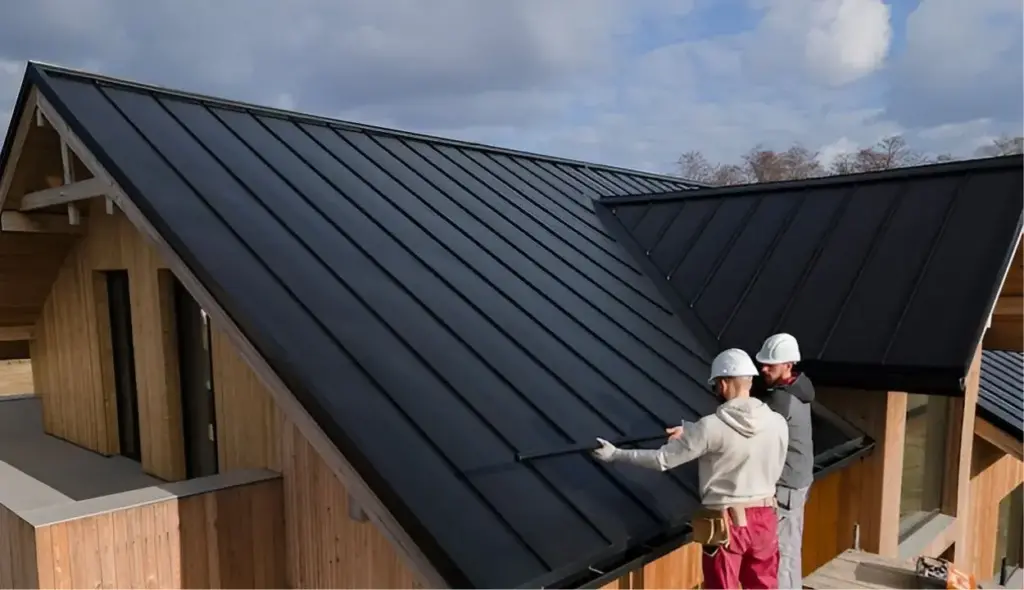
Some homeowners confuse decking with underlayment, but they are distinct components:
Roof Decking: Structural sheathing fastened to roof trusses providing the substrate to attach roofing to.
Underlayment: Flexible membrane (often roofing felt) installed over decking that functions as a secondary moisture barrier and protection for vulnerable areas.
Proper installation of both roof decking and underlayment is critical for a roof assembly to perform correctly.
Understanding their different purposes helps ensure the roofing system has all necessary layers accounted for.
Think of decking as the skeleton of the roof, designed to be sturdy and handle structural stresses.
Underlayment is a safeguard to further protect from infiltrating moisture. Both elements work together to create a healthy, durable roofing sandwich that protects the home.
You Can Also Read:
Roof Decking Vs Sheathing: Choosing The Right Foundation For Your Roof
Determining When Roof Decking Needs Replacement
With decking concealed beneath shingles or other roofing, it can be tricky to identify when it requires replacement. Some signs it may be excessively weathered, rotten or deteriorated include:
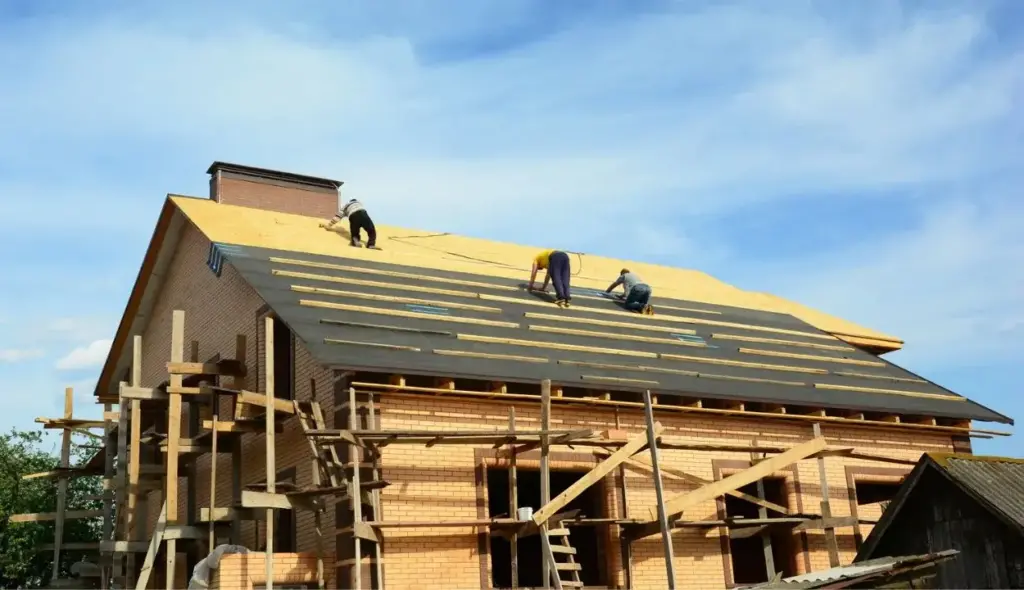
Bear in mind that even new roofing cannot compensate for and properly protect an unstable, damaged deck.
The integrity of the decking system itself is vital for the entire roof assembly to function correctly.
Regular roof inspections are crucial. Don’t let a damaged roof deck compromise your entire roof.
If thorough inspection reveals sections of your roof decking requires replacement, a roofing contractor can advise you on your options.
Whether targeted repairs, replacing identifiable damaged sheets, or a full decking tear-off and re-sheathing may be warranted. Their expertise is invaluable in this determination.
Diverse Materials and types for Roof Decking
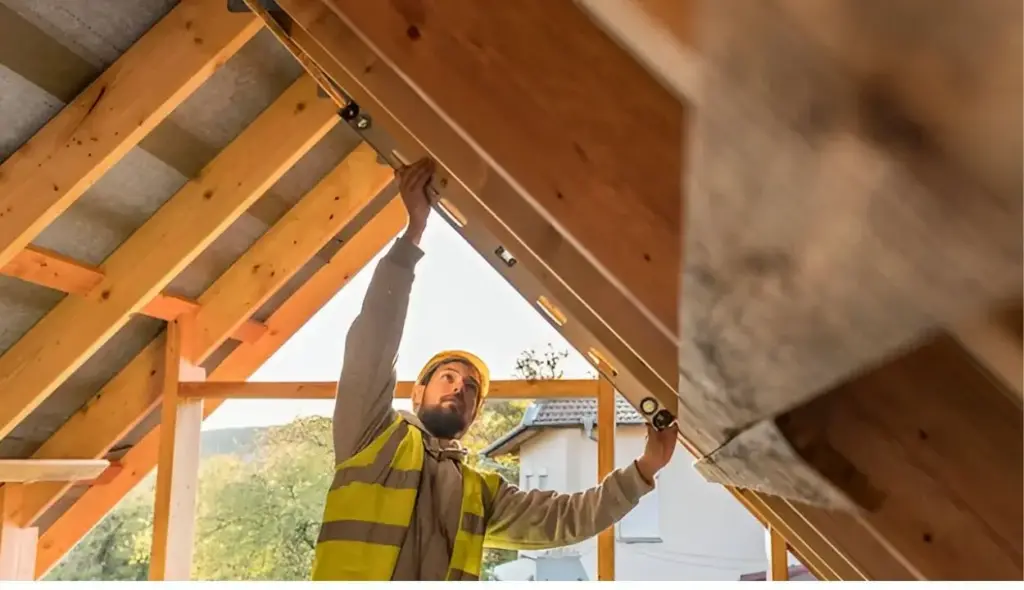
While wood boards and sheets remain the most common, various decking materials each offer their own strengths:
Wood Roof Decking
- Plywood – Sturdy, widely used foundation for roofing. From 3/8” to 5/8” thickness.
- OSB (Oriented Strand Board) – Budget-friendly wood panel alternative made from compressed chips and strands.
- Solid Wood Boards – 1x rough-sawn wooden planks traditionally used for decking.
Metal Roof Decking
- Corrugated Metal – Ribbed, rippled metal sheets that promote drainage. Durable but lightweight.
- Standing Seam – Formed from vertical interlocking metal panels with built-in uplift resistance.
Composite Roof Decking
- Fiber-Reinforced Boards – Wood pulp and other fibers pressed into moisture-resistant panels.
- Cement Board Panels – Cement mixture pressed between fiberglass sheets. Stable and non-combustible.
There are pros and cons to each decking material related to performance, workability, and expenses.
A reputable roofer can advise you on the optimal choice based on your home, climate, budget and goals.
You Can Also Read:
The Ultimate OSB Roof Decking Guide: Installation Tips And Advantages
What Is Metal Roof Decking: A Complete 7-Step Guide To Durable Material
Roof Decking Replacement Cost
Due to fluctuating prices for lumber and materials, it’s tricky to pin down precise decking costs. But average price ranges are:
Material | Price Range (per square foot installed) |
Plywood Sheathing | $1.50 to $3 |
OSB Sheathing | $1.25 to $2 |
Wood Plank Decking | $1.50 to $4 |
Metal Decking | $3 to $8 |
Composite Decking | $3 to $7 |
Keep in mind ceiling height, roof pitch, access complexity, tear-off requirements, and local labor rates impact costs as well. Material shortages may also cause price spikes.
Your roofing contractor should inspect your specific roof and determine accurate decking replacement costs based on size, damages, and scope of work.
Get a detailed quotation in writing before work begins so there are no surprise expenses. Confirm what is covered, including materials, labor, any dump fees for tear-off disposal, permits required, andprojected timeline.
You Can Also Read:
How Much Rooftop Deck Cost: Best Guide About Cost, Materials And Installation
Radiant Barrier Roof Decking: A Comprehensive Guide 2024
Roof Deck Building Codes and Standards
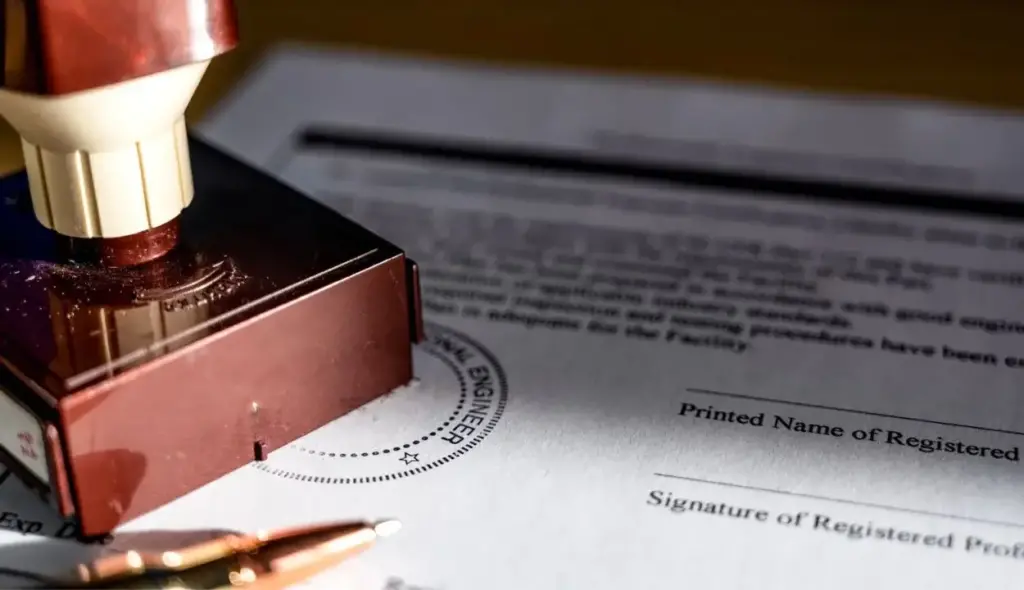
All roof decking installation must comply with local building codes and manufacturer specifications, including:
International Residential Code Requirements
The 2018 International Residential Code Section R905.2.1 states:
“Asphalt shingles shall be fastened to solidly sheathed decks.”
This demonstrates the necessity of proper decking when using common asphalt shingles.
Fire Rating Standards
Building codes mandate certain fire rating standards for decking as a critical fire barrier. Class A, B, and C ratings are assigned based on level of fire resistance.
Wind and Seismic Resistance
Decking must provide sufficient wind uplift resistance and seismic anchoring to roof structure based on wind speed/exposure and earthquake risk for the region.
Local codes dictate threshold testing requirements that decking assemblies and fasteners must meet.
Manufacturer Instructions
Decking material manufacturers provide stringent guidelines on proper installation, fastener types, allowable loads, and span requirements.
Closely following their prescribed procedures is vital for preserving material warranties.
In summary, roof deck work must adhere to all applicable building codes, testing standards, and manufacturer specifications to satisfy safety and performance regulations.
Maintaining Your Roof Decking
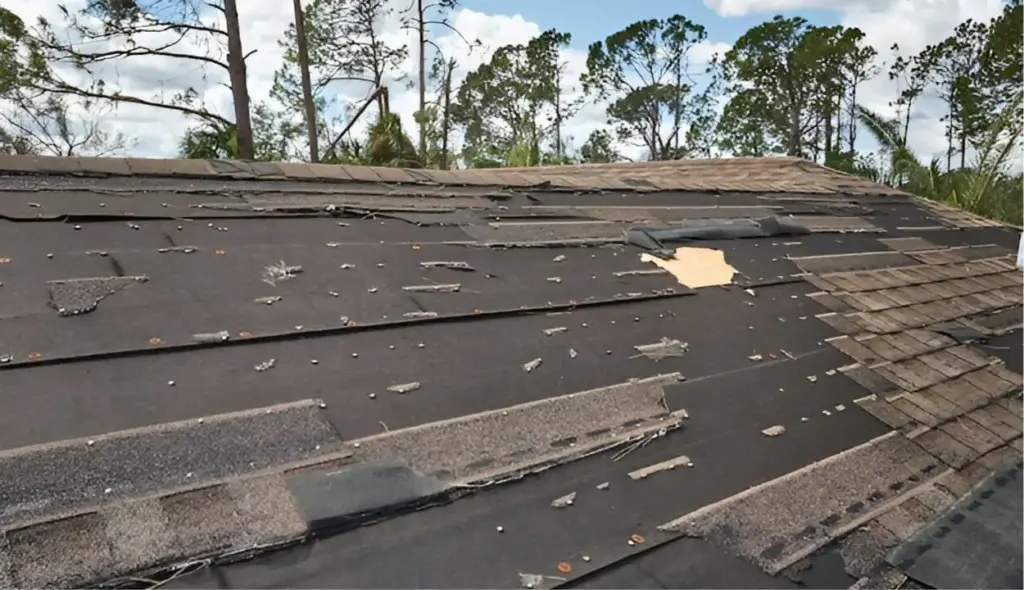
Once installed, roof decking should be periodically inspected and maintained to maximize its service life.
Some best practices include:
Having a roofing contractor include decking inspection as part of annual roof tune-ups and maintenance is wise for monitoring its condition over time.
Proactive maintenance maximizes the life expectancy of your roof decking. Catching minor issues early prevents more severe deterioration and protects your home.
Signs of Rotten Roof Decking to Watch For
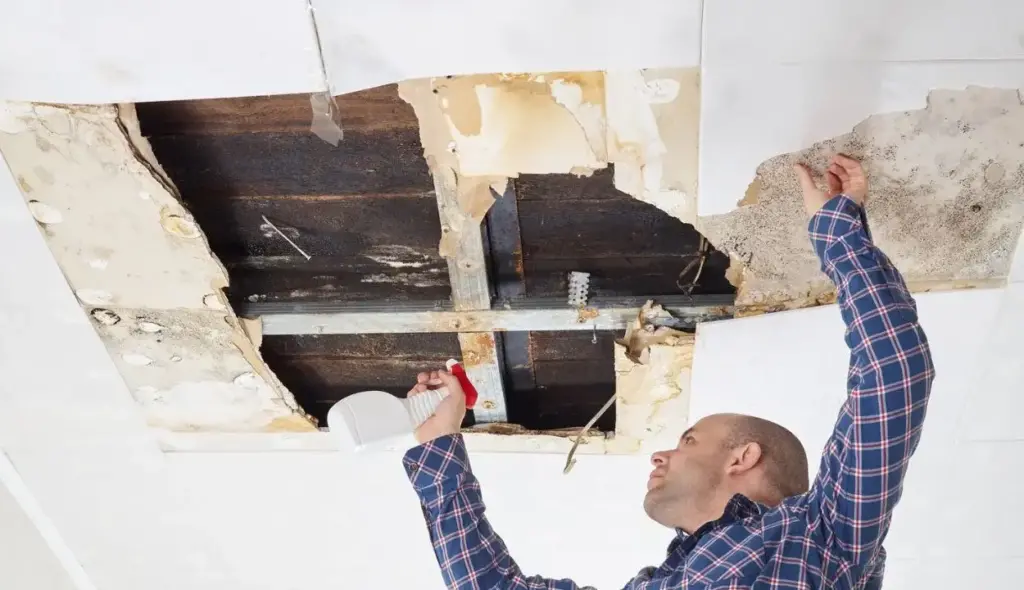
Since decking is hidden under shingles, damage is not always apparent. Some signs of possible rotten or deteriorated decking to be aware of:
While not all these signs guarantee decaying decking, together they warrant closer inspection by a roofing professional. Addressing potential issues promptly reduces further deterioration.
How to Work With a Roof Decking Contractor
If your roof inspection shows decking replacement or repairs are needed, a licensed roofing contractor experienced in decking installation is key.
When soliciting estimates, ask prospective contractors questions like:
Also discuss options like upgrading decking materials, adding radiant barriers to improve energy efficiency, or enhancing attic ventilation.
Invest time upfront vetting contractors’ expertise with roof decking specifically. Confirm they follow all best practices for skilled installation and protection of your home during work.
Conclusion
In summary, roof decking is a vital structural component necessary for the roof system to properly safeguard the home.
Yet as a largely concealed element, its condition and maintenance is often neglected until problems arise.
By understanding the critical purpose decking serves, learning to identify signs of deterioration, adhering to building codes, and proactively caring for your decking, you can maximize its performance and longevity.
FAQ’s
What is the decking on a roof?
Roof decking refers to the sheets of plywood, OSB (oriented strand board) or sawn lumber installed directly on top of roof rafters or trusses to serve as the structural foundation for roof sheathing and shingles above.
What are rooftop decks called?
Rooftop decking designed as outdoor living spaces goes by several names:
Rooftop deck
Roof deck
Sky deck
Roof terrace
Roof patio
How long does roof decking last?
With proper installation and maintenance, quality plywood and OSB roof decking lasts 40-60 years on average. More durable woods like cedar or redwood may exceed 60 years. Signs of aging include excessive deflection, decay, cracking or fastener issues.
Is roof decking the same as plywood?
Plywood is a very popular economical material choice for roof decking but other options like OSB panels, sawn lumber planks and engineered wood boards qualify as roof decking as well. Metal deck panels also see some use.
Is roof decking the same as sheathing?
No. Roof decking provides the structural base layer fastened above roof rafters. Roof sheathing covers over the decking primarily to seal against weather/moisture intrusion. Think of decking as the foundation and sheathing as the protective housing wrap.

